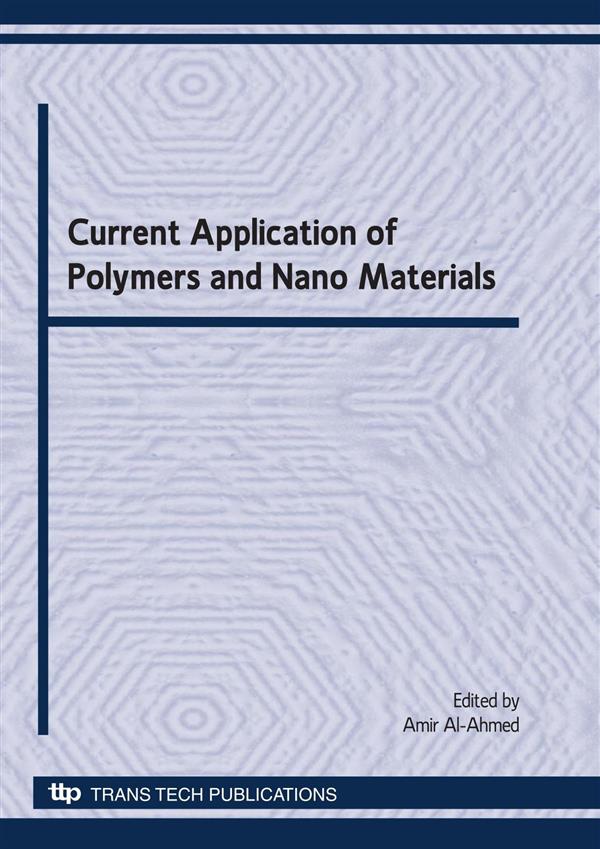Engineering Research
Materials Science
Engineering Series
Current Application of Polymers and Nano Materials
Description:
This Special Topic Volume constitutes the contributions of thirty-nine experts from the international scientific community who are involved in this field of research. It covers thoroughly some of the latest applications of polymers and nano-materials to solar-cells, fuel cells, catalysis, coatings, ion-exchange and sensors. It presents an up-to-date and in-depth coverage of the chemistry, physics, materials science and engineering applications of polymers and nano-materials. This remarkable cooperation of distinguished experts has resulted in a comprehensive review of the subject.
Purchase this book:
Info:
Review from Ringgold Inc., ProtoView:
For this special topics volume, 39 specialists from the international scientific community were invited to report their efforts to apply polymers and nanometer-scale materials in such areas as solar cells, fuel cells, catalysis, coating, ion-exchange, and sensors. Their topics include polyurethanes containing metal, characterizing polyaniline-cellulose ester composite membranes with x-ray photoelectron spectroscopy, synthesizing and characterizing titanium dioxide nanotubes for the photocatalytic degradation of aqueous nitrobenzene in the presence of sunlight, a novel single-site catalyst for olefin polymerization, amorphous and nc-Si:H intrinsic thin films for solar cell applications, and the electrochemical and spectroscopic dynamics of nanostructured polynuclear sulphonic acid-doped poly(2,5-dimethoxyaniline). The information could interest chemists, physicists, materials scientists and engineers, device makers, and others.

